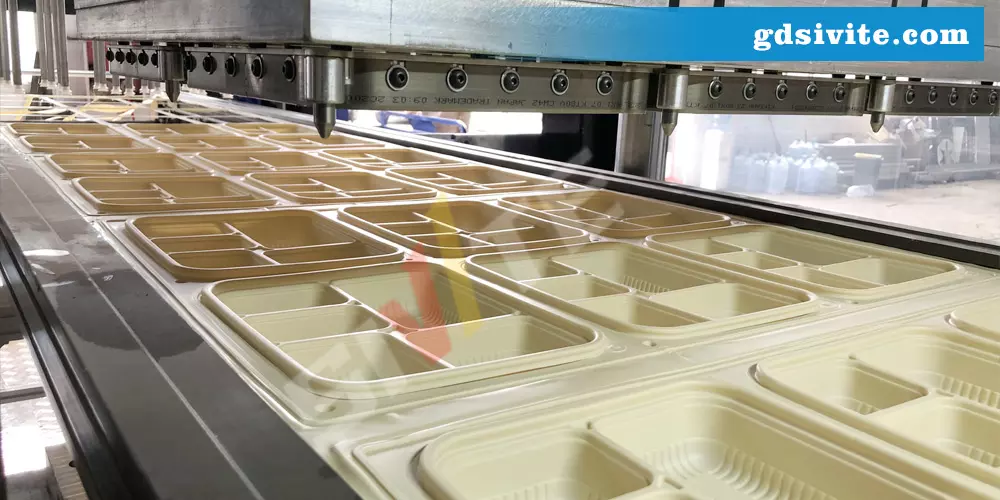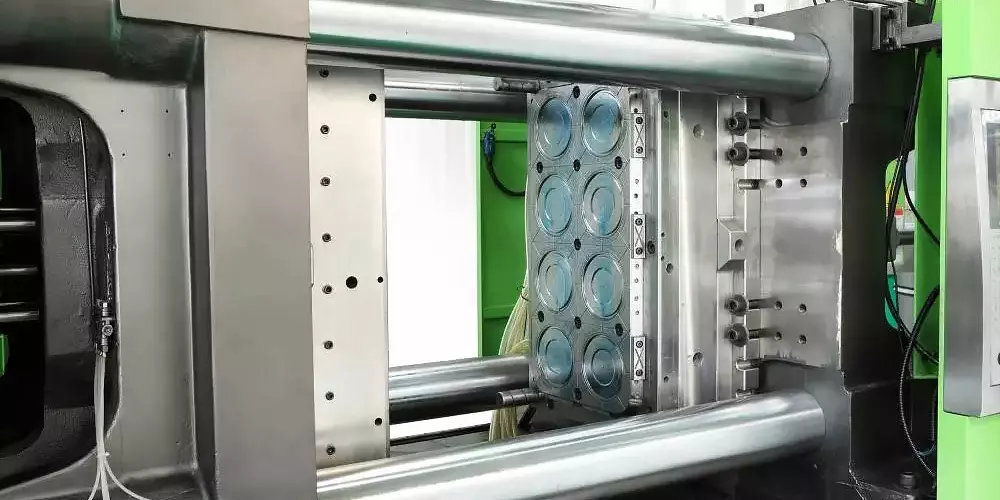acuum Thermoforming Machine vs. Injection Molding: Key Differences
When it comes to manufacturing plastic products, two popular methods stand out: vacuum thermoforming machine and injection molding. Both processes have unique advantages and are suited for different applications. But which one produces better products? In this article, we’ll compare these two techniques, examining their strengths, weaknesses, and ideal use cases.
Understanding Vacuum Thermoforming Machines
A vacuum thermoforming machine heats a plastic sheet until it becomes pliable, then uses vacuum pressure to mold it over a custom-shaped tool. Once cooled, the plastic retains the desired shape. This process is widely used for producing large, lightweight, and cost-effective parts.

Advantages of Vacuum Thermoforming Machines
-
Lower tooling costs – Molds are typically cheaper than those used in injection molding.
-
Faster production for large parts – Ideal for items like packaging, automotive panels, and medical device housings.
-
Material efficiency – Produces less waste compared to other methods.
Limitations of Vacuum Thermoforming Machines
-
Less precision – Not suitable for highly complex geometries.
-
Thinner walls – May not be as durable as injection-molded parts in high-stress applications.
Exploring Injection Molding
Injection molding involves injecting molten plastic into a steel or aluminum mold under high pressure. Once cooled, the mold opens, and the solid part is ejected. This method is known for high precision and repeatability.
Advantages of Injection Molding
-
High precision – Can produce intricate details and tight tolerances.
-
Stronger parts – Thicker walls and better structural integrity.
-
Mass production efficiency – Ideal for high-volume manufacturing.
Limitations of Injection Molding
-
Higher upfront costs – Expensive molds and machinery.
-
Longer setup times – Not ideal for rapid prototyping.
Which Process is Better?
The choice between a vacuum thermoforming machine and injection molding depends on several factors:
-
Production Volume – For low to medium volumes, vacuum thermoforming machines are more cost-effective. For mass production, injection molding is better.
-
Part Complexity – If the product requires fine details, injection molding wins. For simpler, larger parts, thermoforming is sufficient.
-
Budget – Thermoforming has lower initial costs, while injection molding requires significant investment.
Applications Where Vacuum Thermoforming Machines Excel
-
Packaging (blister packs, clamshells)
-
Automotive interiors (dashboards, door panels)
-
Medical equipment (device enclosures, trays)
Applications Best Suited for Injection Molding
-
Small, high-precision components (gears, connectors)
-
Consumer products (bottle caps, toys)
-
Industrial parts (heavy-duty housings)
Conclusion
Both vacuum thermoforming machines and injection molding have their place in manufacturing. If you need low-cost, large, or lightweight parts, a vacuum thermoforming machine is an excellent choice. For high-precision, high-strength components, injection molding is superior.
Ultimately, the best process depends on your product requirements, budget, and production scale. By understanding these differences, manufacturers can make informed decisions to optimize quality and efficiency.
For businesses considering vacuum thermoforming machines, evaluating production needs will help determine if this method is the right fit.
Previous: What Is A Thermoforming Machine?
Next: No More

